La Siesta Bottle by La Mediterránea
by: mocoloco, 2012-08-08 14:42:38 UTC

La Siesta is a white terracotta water pitcher, shaped like a plastic bottle, that keeps its contents cool by oozing part of its contents through its porous structure.


 Tonight at the Curiosity Club: Restrooms, Ergonomics and the Environment with MDML
Tonight at the Curiosity Club: Restrooms, Ergonomics and the Environment with MDML
by: Core77, 2012-08-07 19:00:00 UTC

Core77's Hand-Eye Supply is quite pleased to have Molly Danielsson and Mathew Lippincott of MDML in what promises to be a fascinating Curiosity Club. The talk starts at 6 at the Hand-Eye Supply store in Portland, OR. Come early and check out our space or check in with us online for the live broadcast!
Mathew Lippincott & Molly Danielsson
MDML "Designing in a Cultural Blind Spot: Restrooms, Ergonomics, and the Environment. "
Hand-Eye Supply
23 NW 4th Ave
Portland, OR, 97209
Tuesday, August 7th, 6PM PST
Bathrooms are not designed in vacuums. Often they're designed by people wearing pants. Join us for an exploration of the interrelated cultural and social issues at play in designing the components of restrooms and the treatment of excrement.
More than any other issue, the handling of human excrement defies the logic of impact reductionism. Our excrement is the waste most intimately ours and also the waste we are least able to limit; we can't reduce it and its production is not a choice. It is also a valuable source of nutrients crucial to soil health and structure. Combining inevitability, intimacy, and ecological value, the problem of excrement is situated directly between our artificial boundaries of human and natural environments. Unraveling these interconnections and demonstrating a new positive human ecology is the key to understanding our place in our environment, and deconstructing our systemic problems of waste. Ecological Sanitation is more than simply environmentally conscious sanitation, it is a powerful model for re-imagining ourselves as a keystone species and positive ecological actors.


Mathew Lippincott flies kites and balloons to solve problems. Mathew is Director of Production in Education for Public Laboratory for Open Technology and Science (PLOTS). PLOTS supports citizen-based, grassroots data gathering and research. He is Co-Founder of the Cloacina Project, a project to create replicable sustainable portable sanitation services for the Pacific Northwest. Partner, MDML Design. B.A. Oberlin College Philosophy 2006.
Molly Danielsson is illustrating the science behind shit. Molly and Mathew co-founded the Cloacina Project two years ago and have created a series of educational publications, workshops and services in order to demonstrate the economic feasibility of sustainable sanitation through a replicable business model. Molly is lending her artistic hand to ReCode Oregon to create an educational campaign for regulators and the public on ecological sanitation with funding from the Bullitt Foundation. Partner, MDML Design. B.A. Oberlin College, Environmental Studies 2007
(more...)


 Pre-ID Design History: Transporting Eggs, Part 2
Pre-ID Design History: Transporting Eggs, Part 2
by: Core77, 2012-08-08 13:00:00 UTC

You've all heard the expression "Don't put all your eggs in one basket." Which clues you in to the facts that a) eggs used to be carried around in baskets, and b) baskets are not a secure way to carry eggs.
Earlier we told you about Stuart Ellis' Fredericksburg Metal Egg Crate Company, and ended the tale by asking why you'd never heard of it, or him, or seen any of its products, despite its success back in 1913. The short answer is that a competing design made better use of materials and apparently had an inventor with better business sense.
Two years before Ellis' Virginia-based company was formed, a Canadian inventor named Joseph Coyle, who lived in British Columbia, observed a dispute being waged between the Aldermere Hotel and the Bulkley Valley Farm. The former regularly ordered eggs from the latter, the eggs frequently arrived broken, and each blamed the other.
Coyle owned a local newspaper, the Interior News, which meant two things: He was well-situated to be aware of local gossip, and he had access to lots of paper pulp.
The inventive Coyle took some paper pulp and formed it into a sort of tray with little indentations the eggs could nestle in. Sadly no images of the resultant egg carton exist, but it proved to be a superior solution to carrying eggs in a basket, and Coyle found himself in charge of a second successful business. At some point he switched from making the cartons by hand to developing some kind of production machinery for them, but details on this are scant.
What we do know is that by 1919 Coyle decided to try and take his business to the next level—and initially failed. He moved his egg carton operation from his home base of Smithers to the bigger town of Vancouver, teaming up with a company called United Paper Products. But the venture was not a success, and Coyle subsequently made a bold move and shipped his production machinery to America, Los Angeles specifically.

(more...)


 Core77 Design Awards 2012: Nest Learning Thermostat, Professional Runner-Up for Consumer Products
Core77 Design Awards 2012: Nest Learning Thermostat, Professional Runner-Up for Consumer Products
by: Core77, 2012-08-08 17:00:00 UTC

Over the next few weeks we will be highlighting award-winning projects and ideas from this year's Core77 Design Awards 2012! For full details on the project, jury commenting and more information about the awards program, go to Core77DesignAwards.com


- Nest Learning Thermostat
- Designer: Nest Labs, Inc. Tony Fadell, Ben Filson, Bould Design, Fred Bould
- Location: Palo Alto, CA
- Category: Consumer Products
- Award: Professional Runner up
The Nest Learning Thermostat frees you from the hassle of programming a thermostat while providing the conservation benefits of a programmed device. It learns about you and your home to develop a customized temperature schedule that will keep you comfortable while also conserving energy. It automatically shuts down when you are away and encourages energy conservation when you are home.

How did you learn that you had been recognized by the jury?
I came into the the studio around 8:30 am PST and Kristen had watched the webcast from London and said that it had just been announced that we had placed in the consumer products category. Obviously, we were thrilled.
What's the latest news or development with your project?
In April 2012, just four months after Nest began shipping, new hardware was released to make installation even easier. Nest revamped the press connectors on the backplate, moving them to the outer edge so even those with the clumsiest of fingers can install Nest with ease. Nest also created custom screws that are engineered to work without wall anchors, saving people more time. Beyond that, Nest continues to make people happy by making them comfortable and saving them money.

What is one quick anecdote about your project?
Well, it was kind of exciting when we all gathered to look at the first cosmetic models that we had made. They were still a long way off from the final design, but many of the basic design elements were in place. The excitement was tangible. We knew we had a ways to go but we felt we were onto something.
What was an "a-ha" moment from this project?
I'm not sure if it was an "a-ha" moment but we did a lot of exploration around so many facets of the design and time and again we would return to the most simple, straightforward embodiment of any single element. So, I guess the lesson is that in so many instances, simplicity really is what works.

(more...)


 Analysis: Hotels Must Use Targeted Marketing to Attract Green Consumers
Analysis: Hotels Must Use Targeted Marketing to Attract Green Consumers
by: Environmental Leader, 2012-08-08 14:07:59 UTC

Hotels trying to attract green consumers should use targeted marketing that draws on both functional and emotional green images, according to research from the University of New Hampshire Whittemore School of Business and Economics. The analysis Profiling the Potential ‘Green’ Hotel Guest: Who Are They and What Do They Want?, which was presented in the Journal of [...]
 Movie: Nike Flyknit Racer shoes
Movie: Nike Flyknit Racer shoes
by: Dezeen, 2012-08-06 14:52:37 UTC
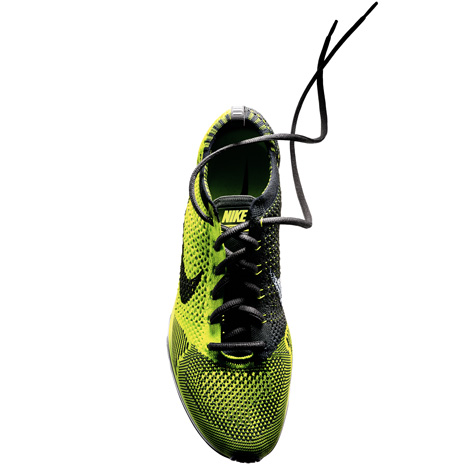
Movie: in this second movie from our series in anticipation of an exclusive event we’re hosting at the Nike+ House of Innovation on Thursday, Nike‘s global creative director for the Olympics Martin Lotti explains how they created the Nike Flyknit Racer running shoe with an upper that’s knitted like a sock. (more…)


 John Thackara: What Is, Or Is Not, a ‘Green Job’?
John Thackara: What Is, Or Is Not, a ‘Green Job’?
by: Design Observer: Main Posts, 2012-08-07 15:21:25 UTC
Discordant information amplifies confusion about what is, or is not, a ‘green job’.
asanaliev brothers: tangled shoes
by: Designboom - Weblog, 2012-08-06 13:59:00 UTC
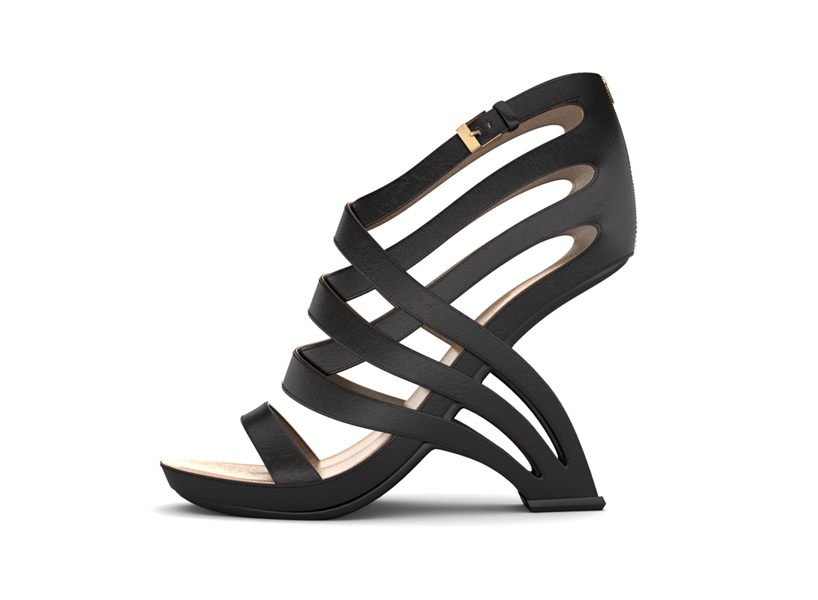
the footwear conception intends to introduce a new production method in women's high heels by using single cut pieces of leather.
read more
Loft Evo Chair by Zbigniew Strzebonski
by: mocoloco, 2012-08-06 02:58:23 UTC



 MVRDV’s Porous City is a LEGO Model Used to Explore Urban Planning in Europe
MVRDV’s Porous City is a LEGO Model Used to Explore Urban Planning in Europe
by: Inhabitat , 2012-08-07 16:32:17 UTC

MVRDV has teamed up with Winy Maas and The Why Factory to create a model of Europe made with hundreds of LEGO pieces. This is a multi-layered project that will be on display starting August 29th at the 13th International Architecture Exhibition entitled Common Ground, to which the firm was invited to make a contribution. Instead of stopping at Freeland – an animated film that explores the notion of decentralized urban planning – the group will also present Porous City to the EU CITY Program.




Read the rest of
MVRDV’s Porous City is a LEGO Model Used to Explore Urban Planning in Europe
Permalink |
Add to
del.icio.us |
digg
Post tags: Common Ground, Design, eco design, green design, italy, lego, MVRDV, Porous City, sustainable design, The Why Factory, Urban design, urban planning, Winy Maas
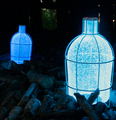
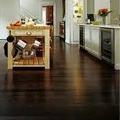
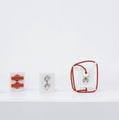

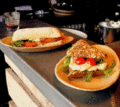
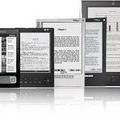

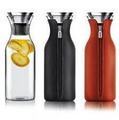
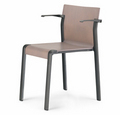
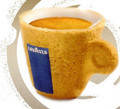
Comments by our Users
Be the first to write a comment for this item.